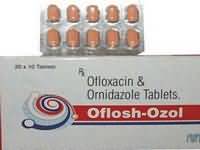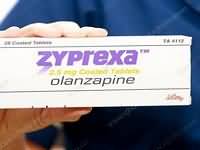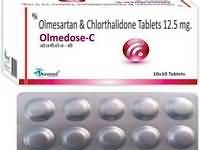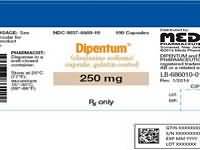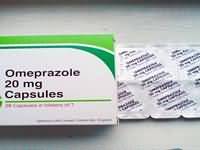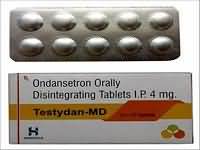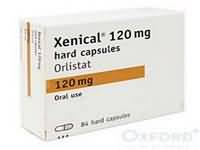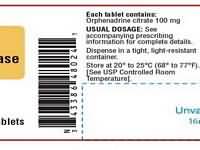Etoricoxib
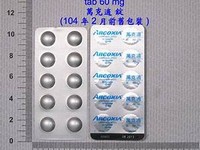
Etoricoxib
CLINICAL USE
Cox-2 inhibitor and analgesic
DOSE IN NORMAL RENAL FUNCTION
RA: 90 mg once daily OA and other indications: 60 mg once dailyAcute gout: 120 mg once daily
PHARMACOKINETICS
Molecular weight :358.8 %Protein binding :92 %Excreted unchanged in urine : <1 Volume of distribution (L/kg) :120 litreshalf-life – normal/ESRD (hrs) :22/Unchanged DOSE IN RENAL IMPAIRMENT
GFR (mL/MIN)
20 to 50 : Dose as in normal renal function, but avoid if possible 10 to 20 : Dose as in normal renal function, but avoid if possible <10 : Dose as in normal renal function, but only use if on dialysis DOSE IN PATIENTS UNDERGOING RENAL REPLACEMENT THERAPIES
CAPD :Unknown dialysability. Dose as in normal renal function HD :Not Dialysed. Dose as in normal renal functionHDF/high flux :Unknown dialysability. Dose as in normal renal functionCAV/VVHD :Unknown dialysability. Use lowest possible dose IMPORTANT DRUG INTERACTIONS
Potentially hazardous interactions with other drugsACE inhibitors and angiotensin-II antagonists: antagonism of hypotensive effect; increased risk of nephrotoxicity and hyperkalaemiaAnalgesics: avoid concomitant use of 2 or more NSAIDs, including aspirin (increased side effects); avoid with ketorolac, increased risk of side effects and haemorrhageAntibacterials: possibly increased risk of convulsions with quinolones; concentration reduced by rifampicinAnticoagulants: effects of coumarins enhanced; possibly increased risk of bleeding with heparins and coumarinsAntidepressants: increased risk of bleeding with SSRIs and venlaflaxineAntidiabetic agents: effects of sulphonylureas enhancedAnti-epileptics: possibly increased phenytoin concentrationAntivirals: increased risk of haematological toxicity with zidovudine; concentration possibly increased by ritonavirCiclosporin: may potentiate nephrotoxicity Cytotoxic agents: reduced excretion of methotrexate; increased risk of bleeding with erlotinib Diuretics: increased risk of nephrotoxicity; antagonism of diuretic effect; hyperkalaemia with potassium-sparing diuretics Lithium: excretion decreased Pentoxifylline: increased risk of bleeding Tacrolimus: increased risk of nephrotoxicity ADMINISTRATION
Reconstition
– Route
Oral Rate of Administration
–Comments
Take with or without food but onset of action is faster without food.292 EToriCoXiB OTHER INFORMATION
Clinical trials have shown renal effects similar to those observed with comparative NSAIDs. Monitor patient for deterioration in renal function and fluid retentionInhibition of renal prostaglandin synthesis by NSAIDs may interfere with renal function, especially in the presence of existing renal disease – avoid if possible; if not, check serum creatinine 48–72 hours after starting NSAID – if raised, discontinue NSAID therapyUse normal doses in patients with ERF on dialysis if they do not pass any urineUse with caution in renal transplant recipients – can reduce intrarenal autocoid synthesisEtoricoxib should be used with caution in uraemic patients predisposed to gastrointestinal bleeding or uraemic coagulopathies.
See how to identify renal failure stages according to GFR calculation
See how to diagnose irreversible renal disease
Home


